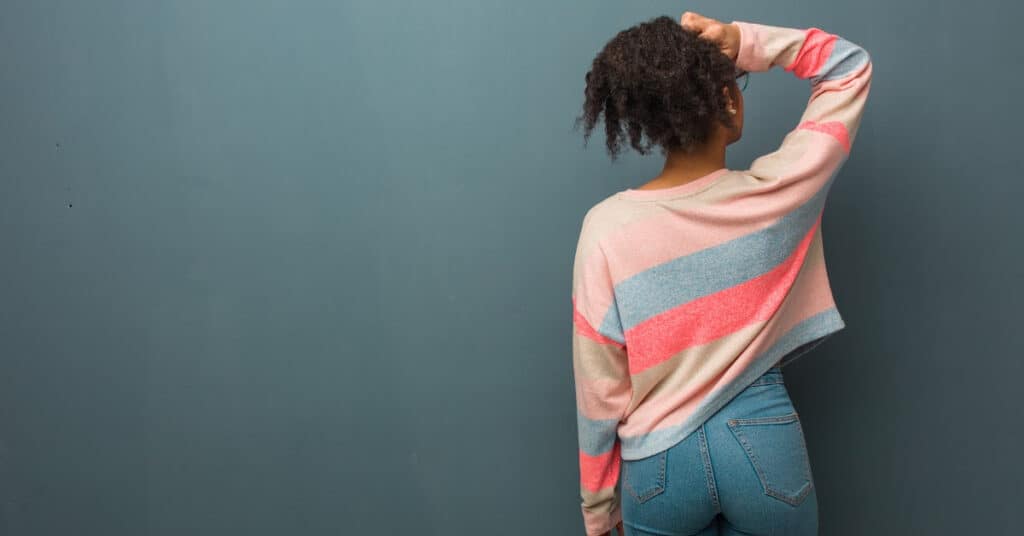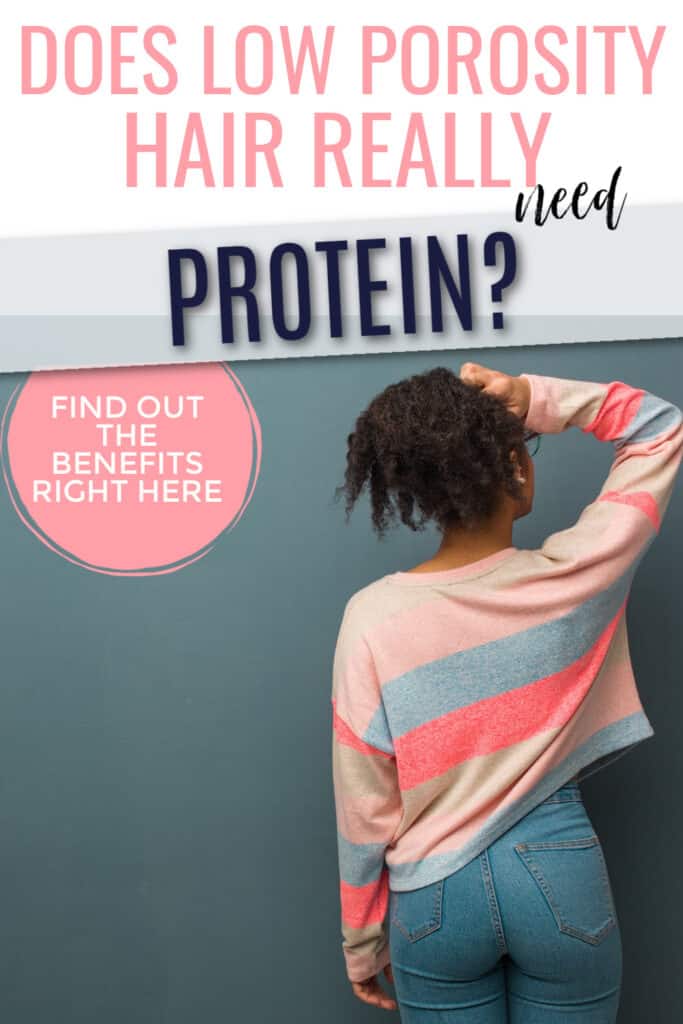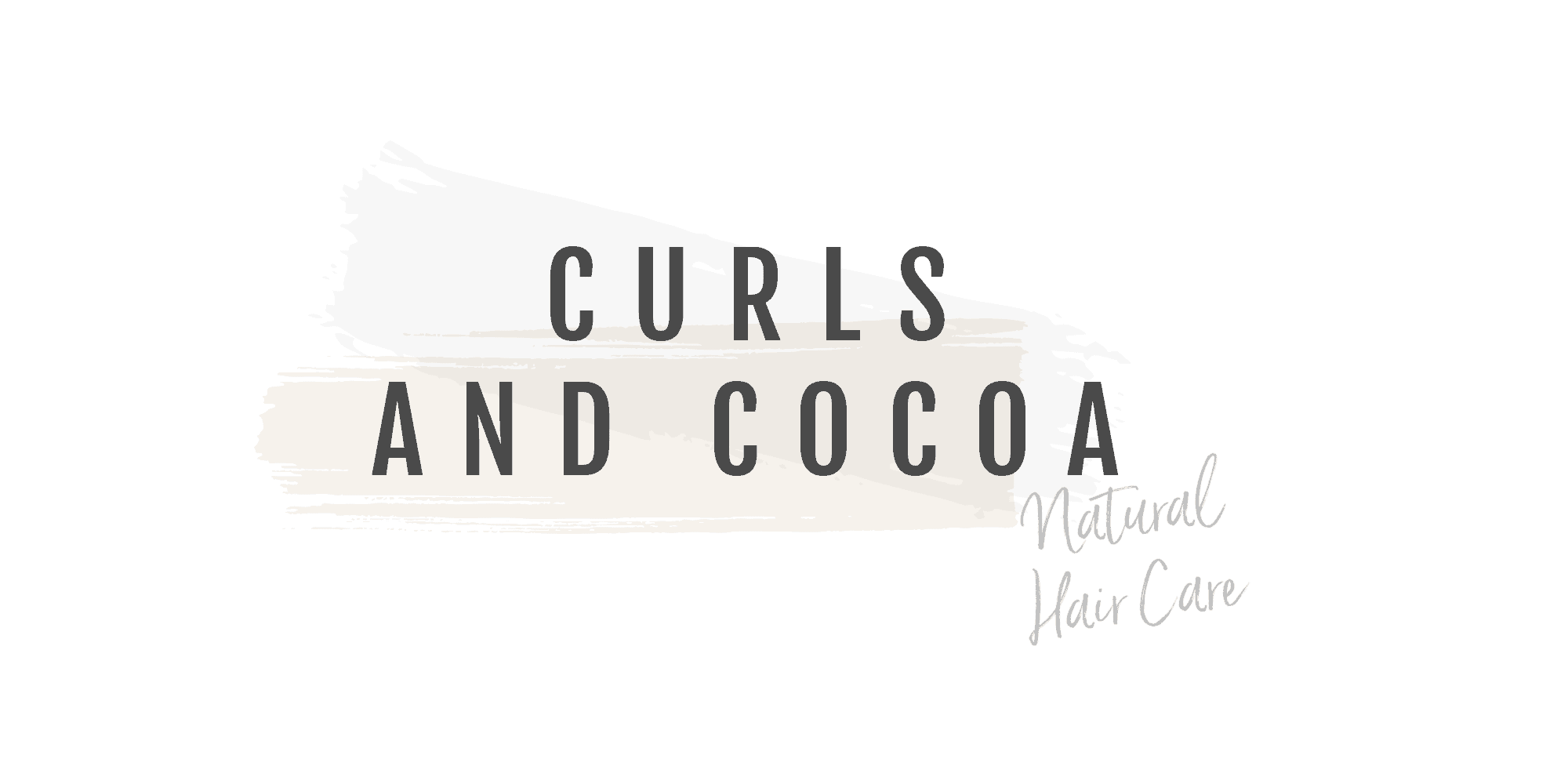Does Low Porosity Hair Need Protein?
I’ve discovered that understanding my hair’s porosity was a game-changer in my curl care journey.
Low porosity hair, like mine, faces a real challenge with moisture. This hair type happens to have cuticles that are tightly bound, leaving virtually no space for moisture or treatments to slip through.
It took me a while to realise why my hair remained dry despite my best efforts to absorb moisture. Recognising the type of porosity my hair had, allowed me to tailor my routine more effectively.
It wasn’t just about piling on more products. It was about understanding the very nature of my strands and addressing their needs thoughtfully.
Key takeaways from this article:
- Understanding hair porosity is crucial in customising a care routine that truly enhances curl vitality.
- Low porosity hair struggles with moisture absorption, requiring special attention to penetrate its tightly closed cuticles.
- A tailored hair care routine can significantly impact the health and vibrancy of curls.
***Please note that this site uses affiliate links if you would like to read the legal stuff you can find it here

The Crucial Role of Protein for Curly Hair
Protein had me intrigued for a long time. It serves as a cornerstone in the quest for resilient, vivacious curls. For those of us navigating the complex world of curly hair care, striking the right balance between protein and moisture is critical.
I learned the hard way that too much protein can lead to overload, a state where my hair felt straw-like and brittle.
Conversely, not enough protein left my curls limp and lifeless. This delicate equilibrium ensures our curls remain strong and able to retain moisture effectively. Featuring essential amino acids, protein treatments penetrate the hair shaft, fortifying the hair’s structure.
It’s a fascinating journey, one where understanding your hair’s porosity plays a pivotal role. After all, healthy, bouncy curls are what we all strive for, aren’t they?
Why Low Porosity Hair Needs Protein
I have sought to understand the nuances of my curly, low-porosity hair. It puzzled me – why, despite my best efforts, did my curls seem to rebel against moisture treatments? The answer, intriguingly, lay in the protein balance. Low porosity hair, with its tightly closed cuticles unlike high porosity hair, demands a precise equilibrium. Too much moisture, and my hair felt limp and lifeless.
Then, I discovered the transformative power of protein treatments and using the right hair products. These weren’t the heavy, overwhelming concoctions I feared; rather, they were light, nourishing boosts that my hair effortlessly absorbed.
Protein for low-porosity hair is essential, not just an option. It strengthens hair strands, enhances moisture retention, and restores vitality to our curls.
Yes, incorporating the right amount of protein, from a deep conditioner to a simple leave-in, becomes crucial for us who juggle maintaining that delicate moisture-protein balance.
Related post: Why natural hair needs protein & Homemade DIY Treatments
Identifying Low Porosity Hair Needs
For me, realising my curls lacked that vital bounce was a wake-up call. I turned to protein, knowing low-porosity hair like mine struggles with moisture absorption, the culprit often being those tightly closed cuticles.
The journey wasn’t just about finding any hair care routine; it was about the right balance. Low porosity hair needs protein, a fact I had to learn the hard way.
This hair type, famed for its resistance against soaking up moisture, finds a friend in proteins—smaller molecules that can sneak past those stubborn hair cuticles.
Excessive frizzing of my hair showed me my strands were screaming for help. Protein treatments became my go-to, transforming my curls from lifeless to lively.
The product buildup that once weighed down my hair now had a fix. By incorporating protein-containing products into my regimen, I witnessed a profound change. My hair began to embrace moisture treatments, and its elasticity improved, finally giving my curls the freedom to bounce and shine.
Choosing The Right Protein Treatments
Finding the perfect protein treatment demands an understanding of our hair’s uniqueness. Low porosity hair, with its tight cuticles resisting moisture and protein, teaches us patience.
We learn not all proteins serve us equally. Hydrolyzed proteins, of a smaller molecular weight, sneak past those tight barriers. Think wheat protein and silk amino acids. They penetrate deeply, avoiding that dreaded protein overload. For us, these smaller proteins spell relief, offering moisture without heaviness.
Frequency is as crucial as choosing the right type. Too much protein, even the right kind, tips our hair into brittleness.
It’s important to make sure that your hair does not become protein sensitive. I’ve found that incorporating protein treatments into my hair care routine on a monthly basis keeps my curls happy.
A delicate dance, yes, but striking that perfect protein-moisture balance breathes life into our curls and maintains healthy hair. It’s about observing, adjusting, and finding joy in the discovery of what makes our hair thrive.
This is a great protein treatment that you can try on your hair
Final Thoughts on Does Low Porosity Hair Need Protein?
I’ve explored the fascinating world of hair care, delved into the science behind protein treatments, and shared my insights on how they cater to the unique needs of low-porosity hair.
Now, I find myself at the journey’s end, but it’s really just the beginning for you. Nurturing low porosity hair back to life demands patience, a curious spirit, and an openness to trial and error.
Embarking on this path, remember that the right products are out there. It’s crucial to strike the perfect balance between protein and moisture. Too much protein and your hair might protest, becoming brittle and unmanageable.
On the flip side, not enough protein could leave your strands limp and lifeless. Your hair’s elasticity, porosity, and overall health hinge on this delicate dance. It’s a quest for the golden mean where amino acids, fatty acids, and natural oils meet to breathe life into your curls.
My advice to you is to start with small steps. Incorporate a protein conditioner or mask into your routine on a weekly basis, adjusting frequency and formulation as you go.
Pay attention to how your hair responds. Does it feel stronger? Do the curls hold their shape better? Is the frizz becoming a thing of the past?
These observations will guide you to the right hair care routine. With each passing wash day, you’re likely to notice your hair transforming, becoming more resilient, vibrant, and full of life. So, let the journey begin, and discover how the right balance of protein can unlock the full potential of your low porosity curls.
Related Posts:
Is jojoba oil good for low porosity hair?
The best shampoo for low porosity hair
10 Characteristics of low porosity hair you should know


